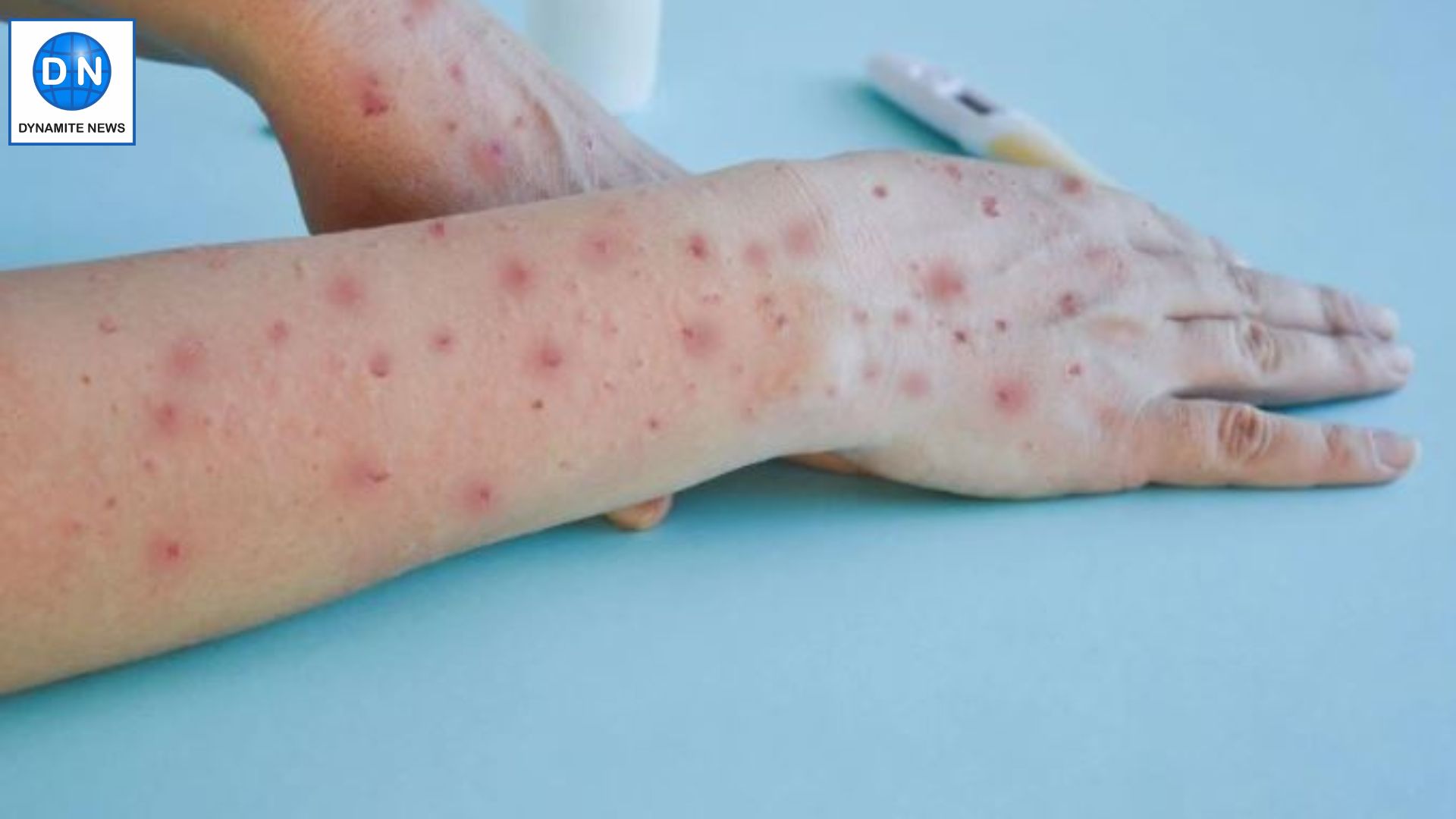
New Delhi: India has reported its first case of Monkeypox (Mpox) caused by the fast-spreading Clade 1B strain. This comes just a month after the WHO declared Mpox a disease of international concern.
Infection caused by the Clade 1B strain is known to be more transmissible and has a higher fatality rate compared to Clade II.
Earlier case of Mpox
The earlier case of Mpox that was reported in India was a 26-year-old resident of Haryana who tested positive for the previous West African Clade II strain in early September.
The Kerala health department has announced plans to release revised guidelines for the prevention and treatment of Mpox.
The patient is stable and there is no indication of any widespread risk to the public at this time.
India has reported Mpox cases previously as well. From 2022 to 2024, over 30 cases have been identified across the country, mostly involving individuals with a travel history to African nations where the disease is prevalent, according to a report in The Times of India.
Also Read |
Healthy lifestyle could help offset genetic risk of dementia

What is Mpox as per WHO?
According to the World Health Organisation (WHO), Mpox is an illness caused by the monkeypox virus. It is a viral infection which can spread between people, mainly through close contact, and occasionally from the environment to people via things and surfaces that have been touched by a person with Mpox.
Who is prone to risk?
People who have close contact with someone who has Mpox are at risk of infection. Close contact includes skin-to-skin, mouth-to-mouth, mouth-to-skin and face-to-face contact.
Symptoms of Mpox
Common symptoms of mpox include a rash which may last for 2–4 weeks. This may start with, or be followed by, fever, headache, muscle aches, back pain, low energy and swollen glands (lymph nodes). The rash looks like blisters or sores, and can affect the face, palms of the hands, soles of the feet, groin, genital and/or anal regions, the WHO website says.
Also Read |
WHO's South-East Asian members to intensify efforts to control dengue
Unlike Covid-19, Mpox is not airborne
- Mpox primarily spreads through unprotected close physical contact with an infected person.
- Sexual contact is a significant mode of transmission.
- The virus can spread through contact with items such as bedding or clothing that have been contaminated by infected fluids.
- Fluids from blisters and scabs can contaminate materials like bedding, clothing, or surfaces.
- Caregivers can become infected if they do not use proper personal protective equipment (PPE) while caring for a patient.
- Maintaining hygiene and cleanliness is essential to prevent transmission through contaminated surfaces or items. (with Agency inputs)







